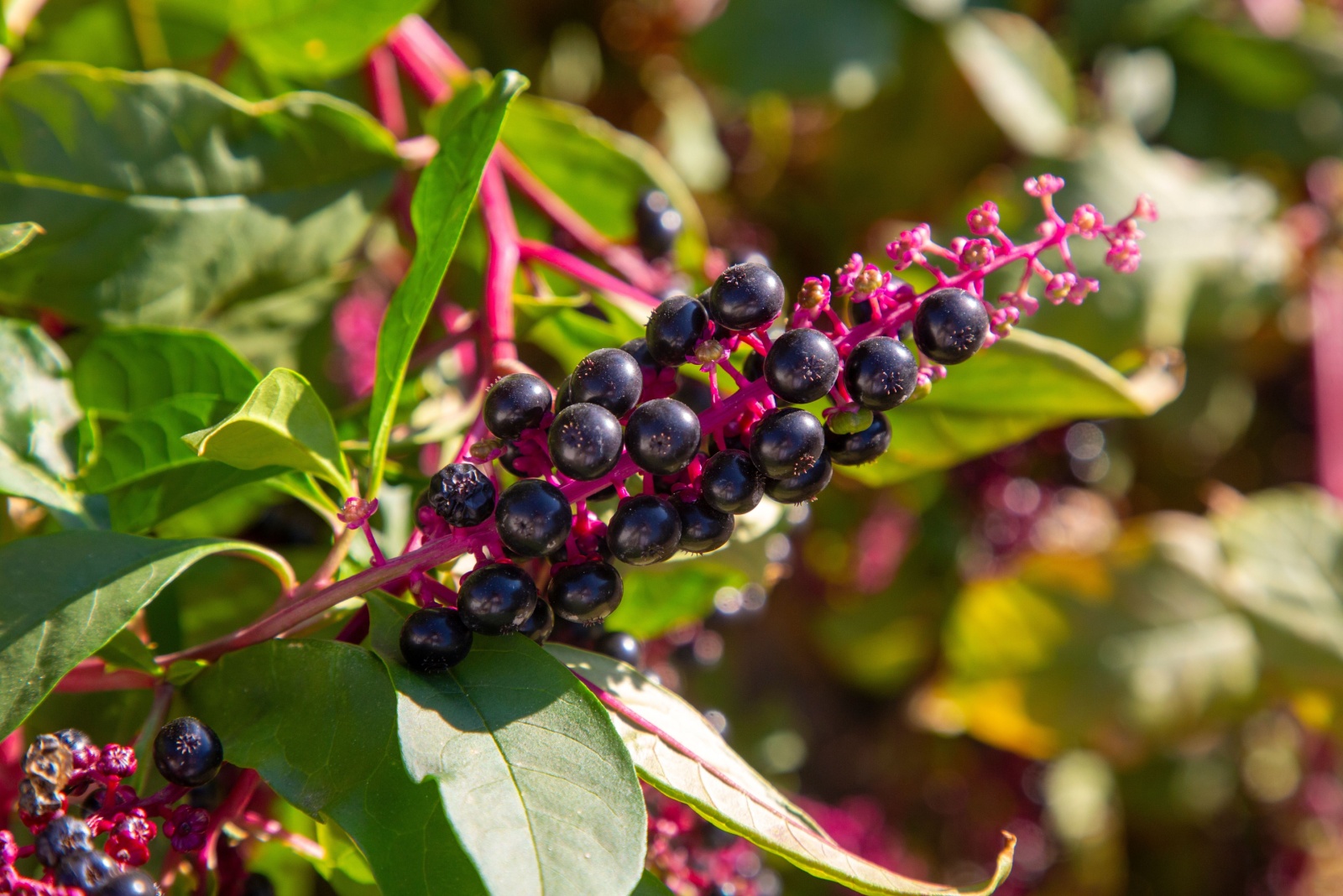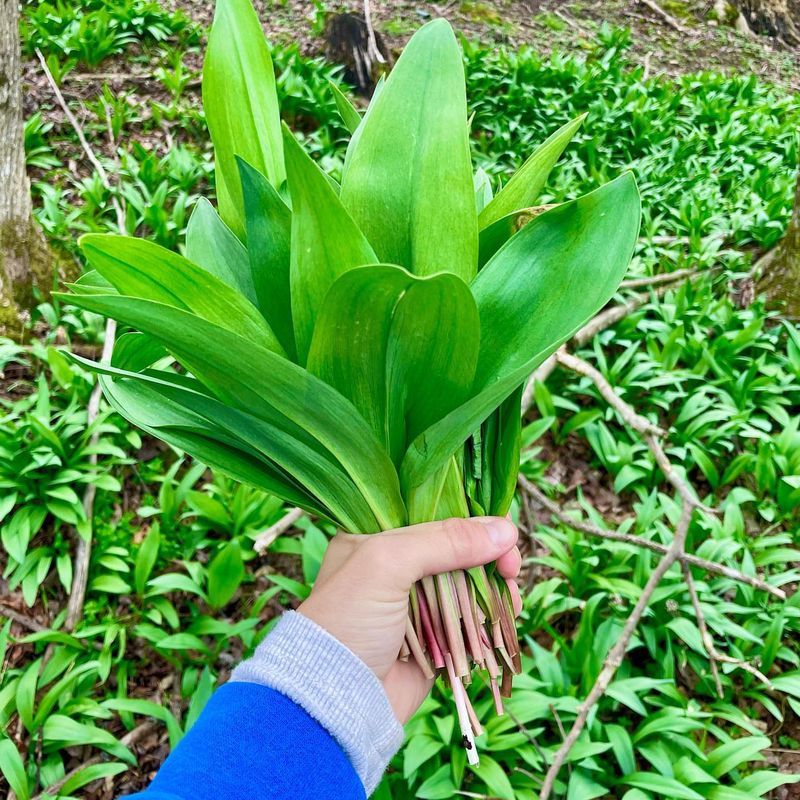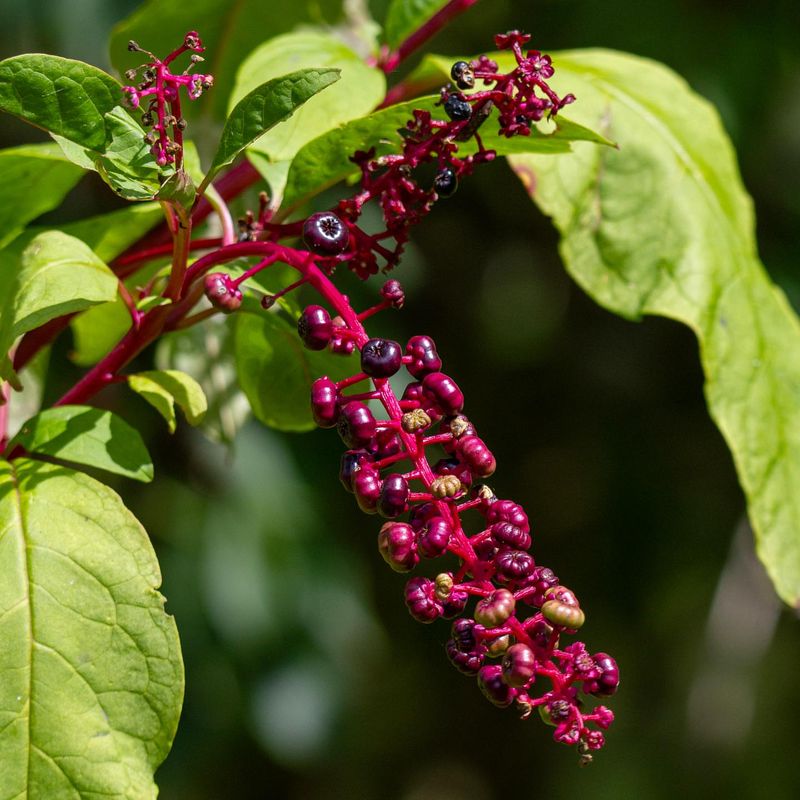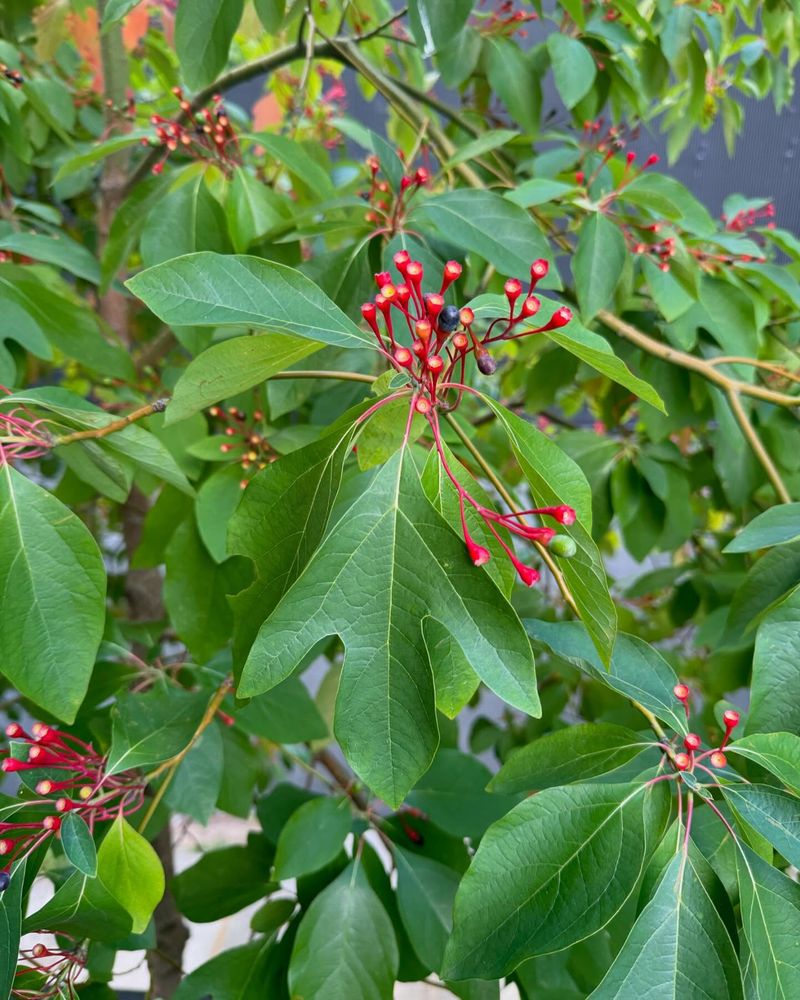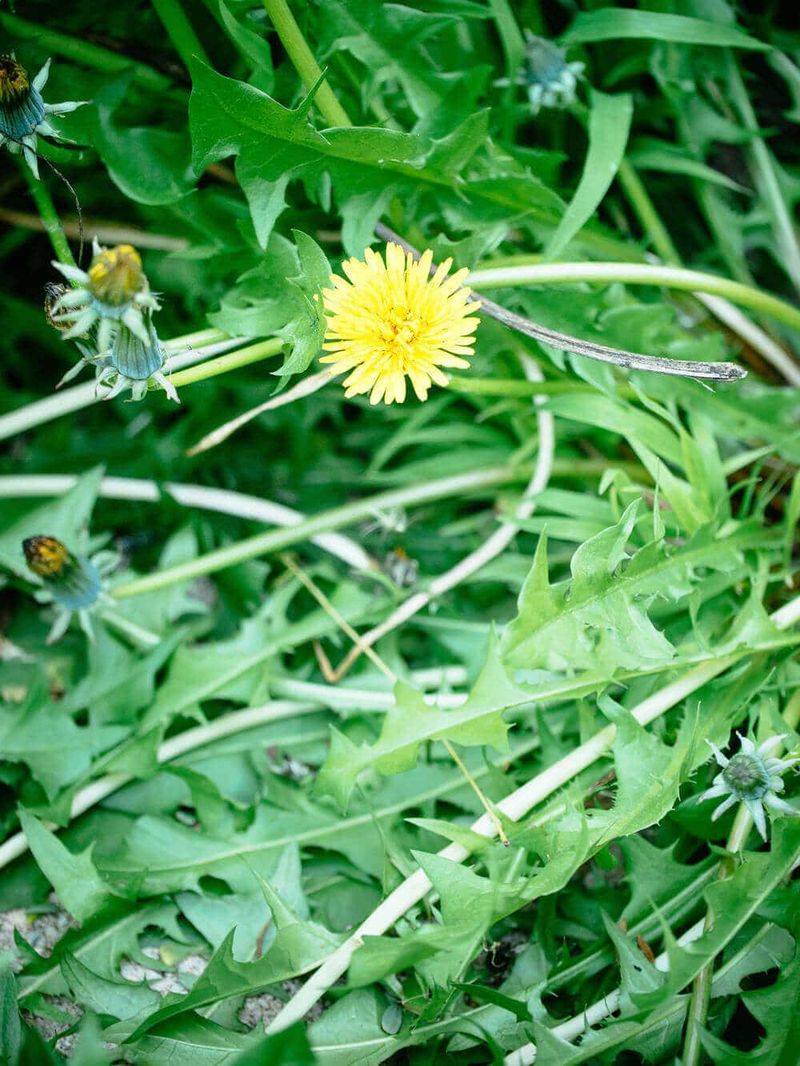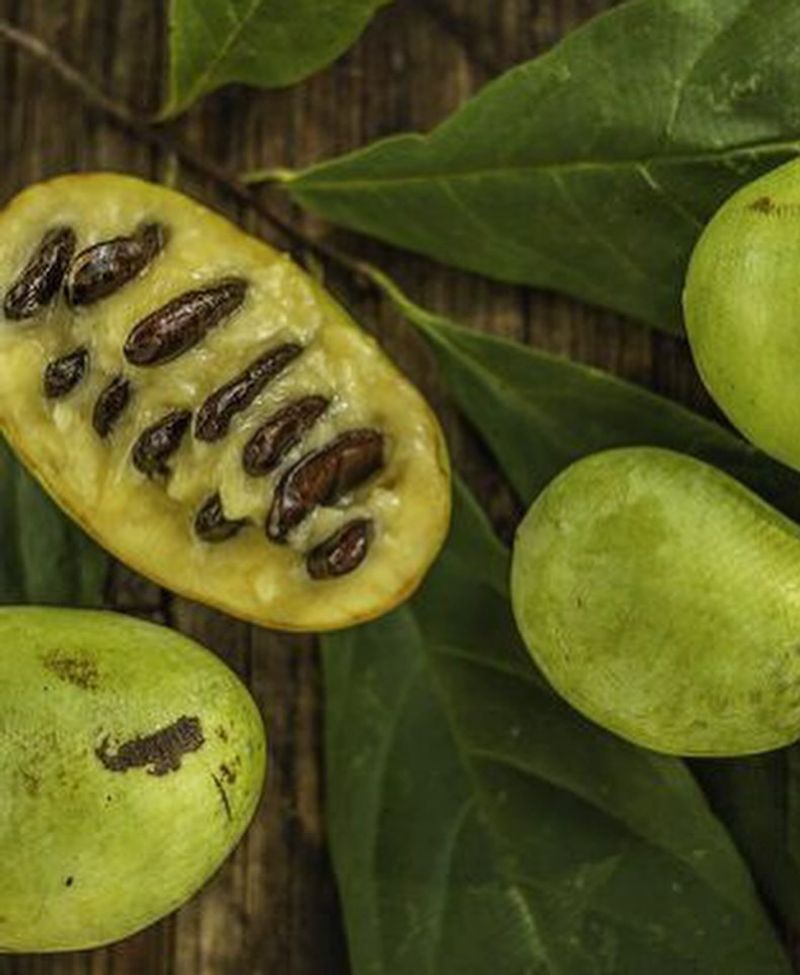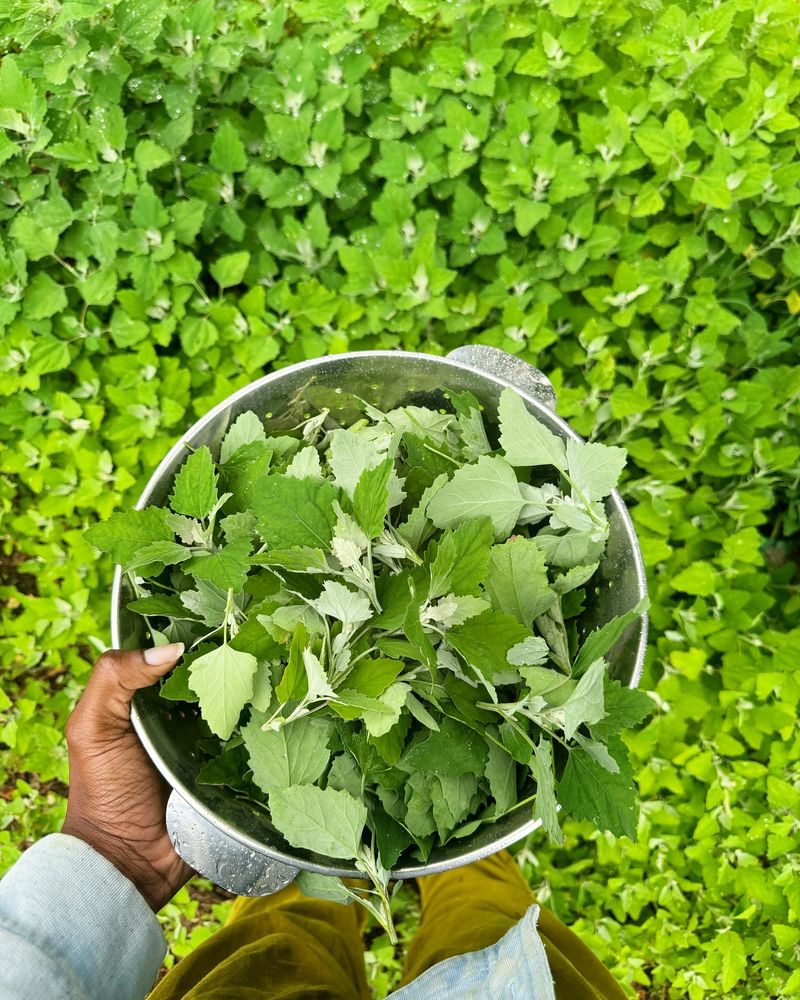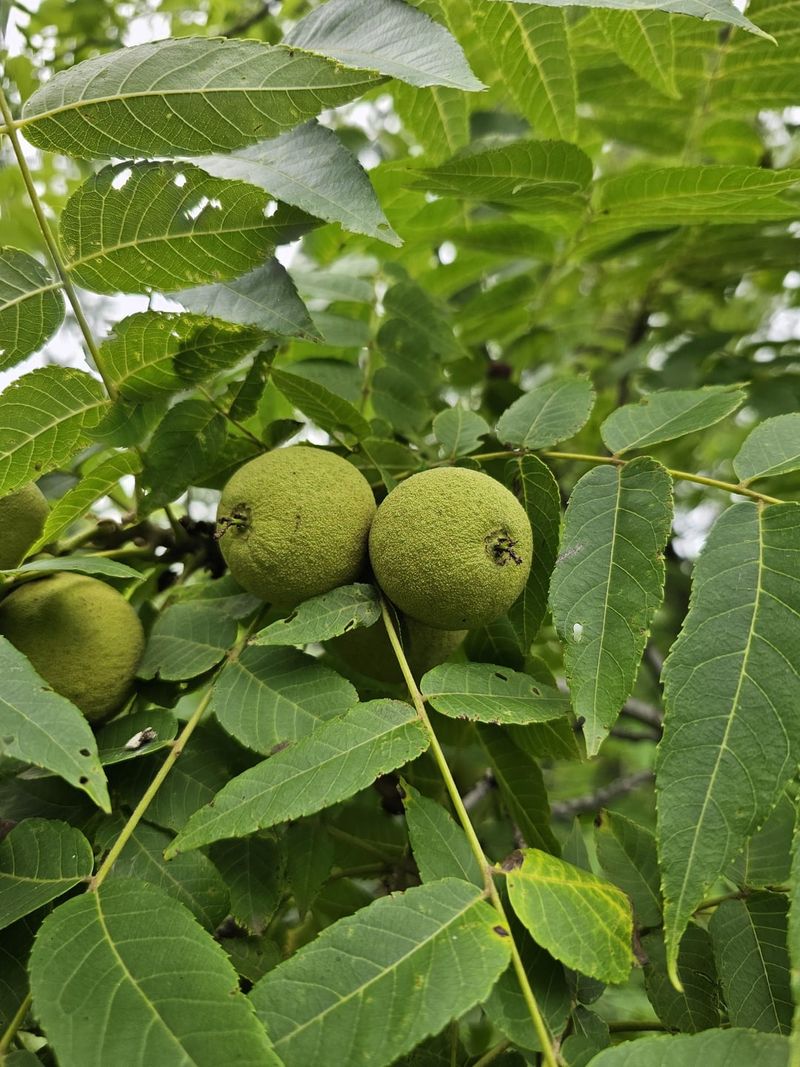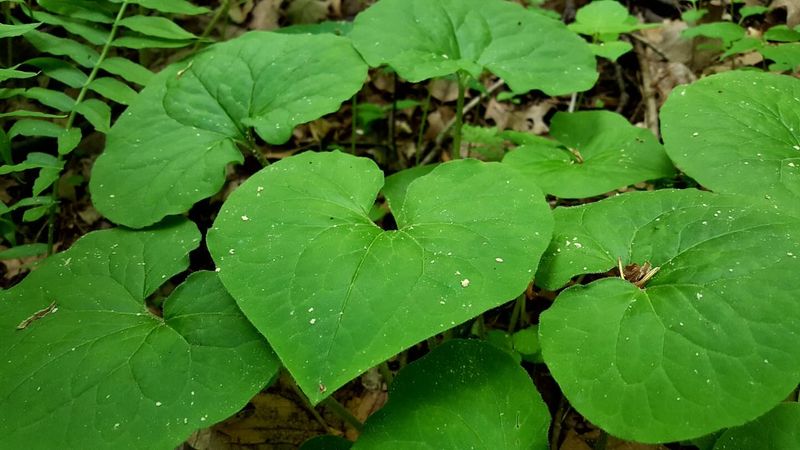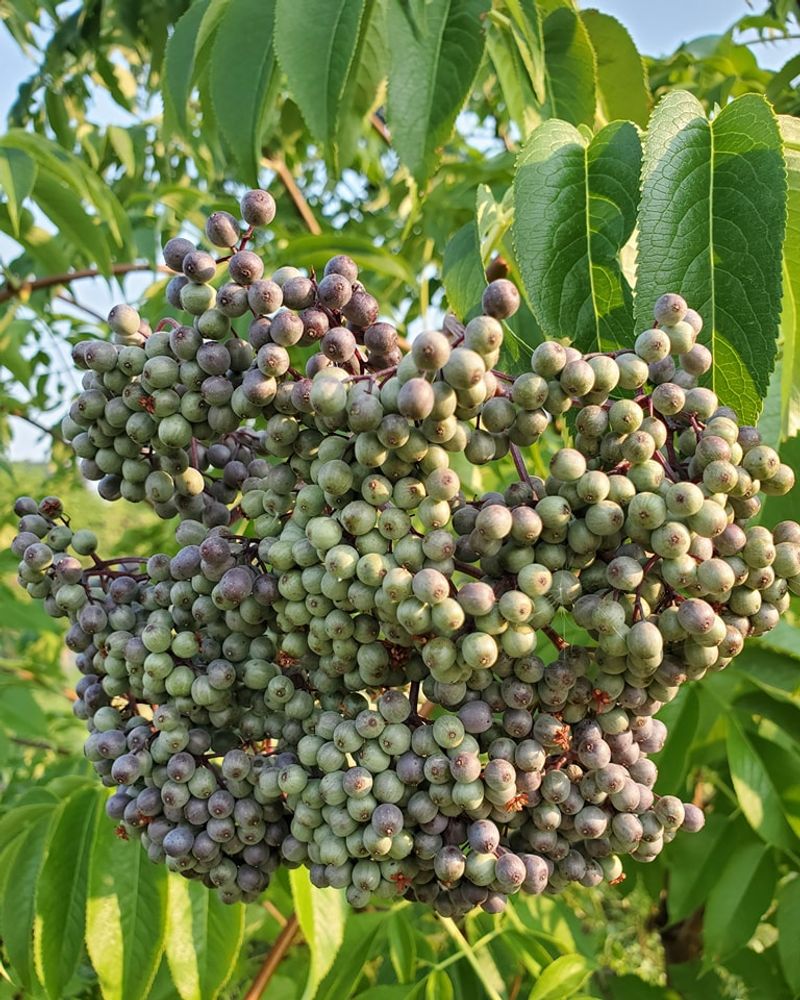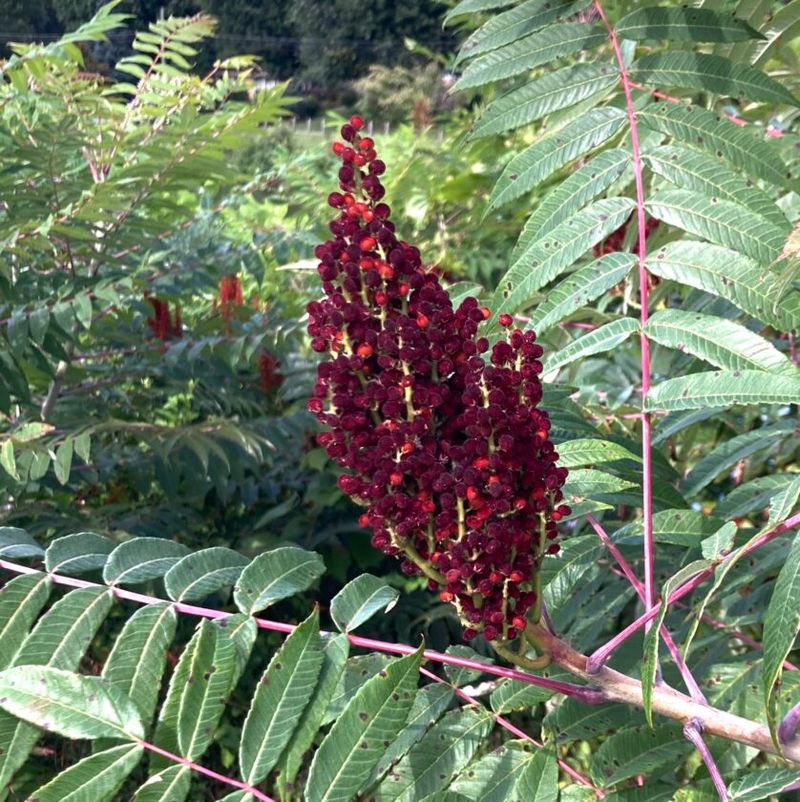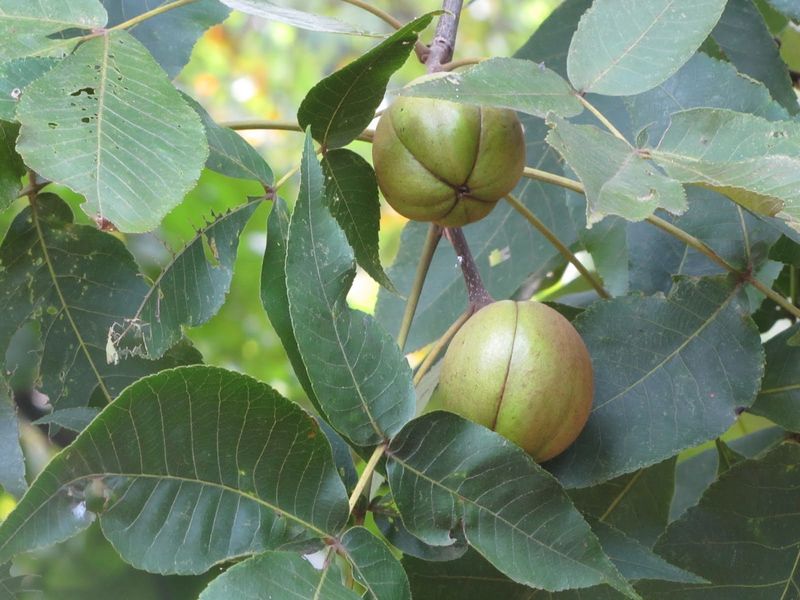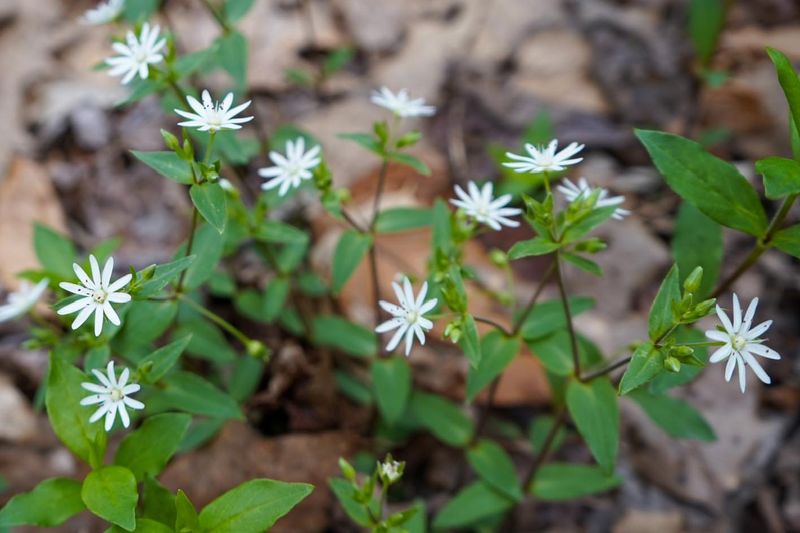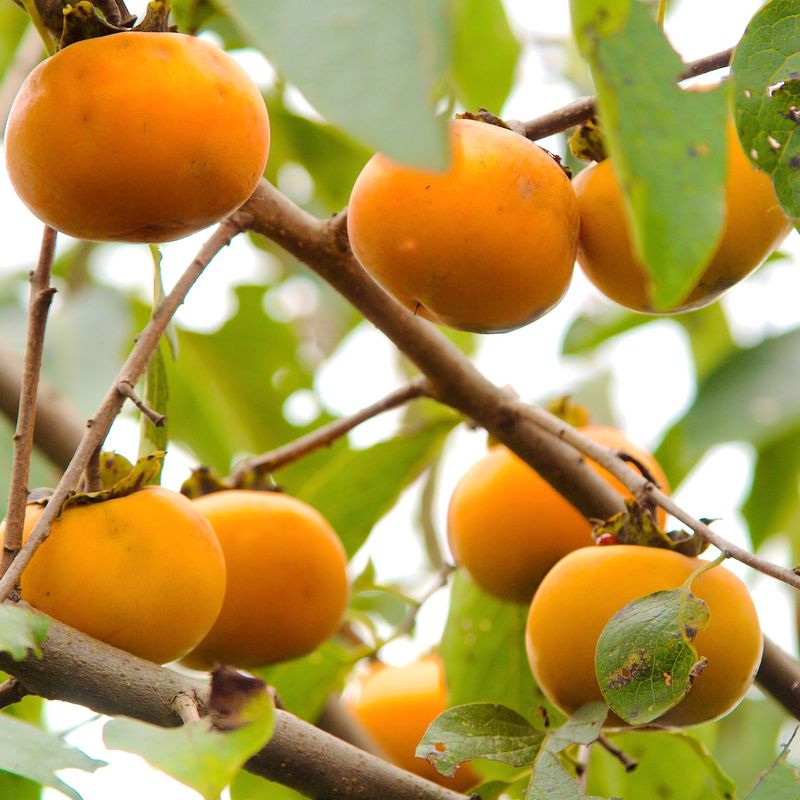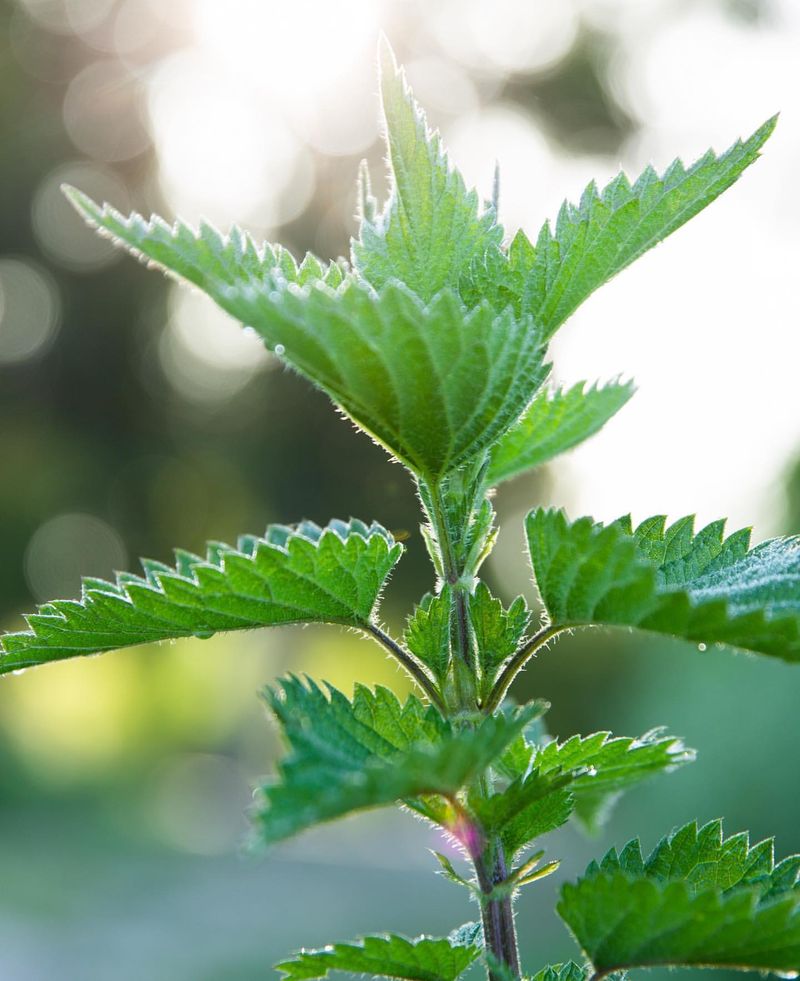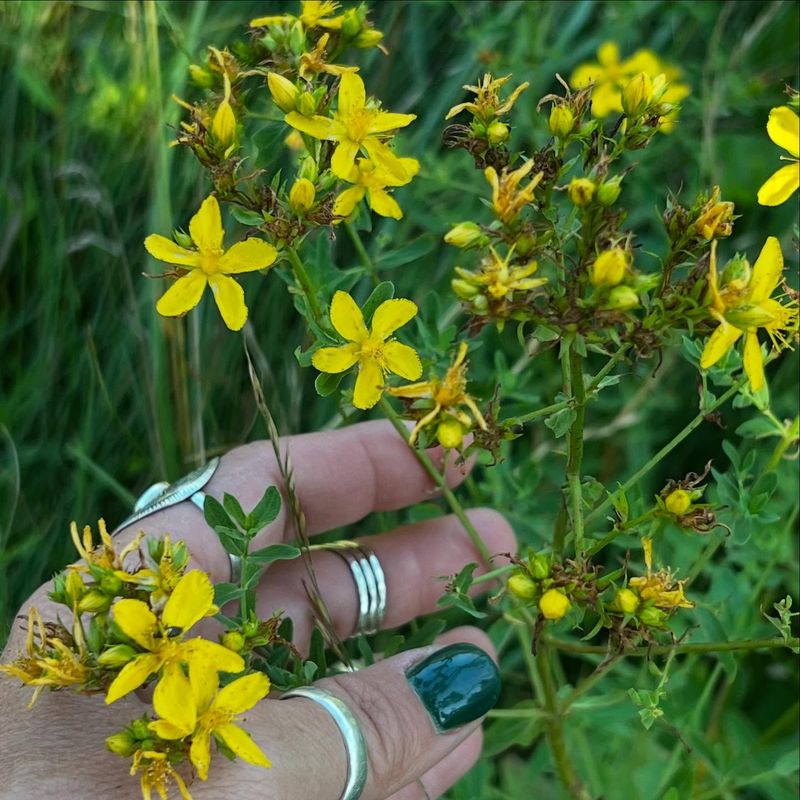Deep in the hollows and along the ridges of the Appalachian Mountains, families once turned to nature’s pantry for survival. Long before grocery stores, the land provided everything they needed. Wild plants became staples in kitchens across the region.
Mountain folk crafted a rich culinary tradition from what grew nearby—forest greens, meadow herbs, and creekside roots. These ingredients weren’t just convenient; they were full of flavor and nutrition. Each dish told a story of place and season.
Though many of these plants have faded from modern menus, they once formed the heart of Appalachian cooking. Their legacy lives on in old recipes and family lore. It’s a taste of history rooted in resilience and resourcefulness.
1. Ramps: Spring’s First Green Gift
Long before the fancy restaurants discovered them, mountain families celebrated the arrival of ramps each spring. These wild leeks with their pungent garlic-onion flavor signaled winter’s end and provided much-needed vitamins after months of preserved foods.
Traditionally harvested during community “ramp digs,” these woodland treasures were fried with potatoes and eggs or added to beans for a flavor boost. Many old-timers recall the distinct smell that would linger on your breath for days!
My grandmother used to say that eating ramps in spring “cleaned your blood” after winter. While modern science might question this specific claim, the nutritional benefits of these vitamin-rich greens certainly helped mountain families stay healthy.
2. Pokeweed: From Poison To Plate
Despite containing toxins that require careful preparation, pokeweed became a cherished spring green throughout Appalachia. Young shoots and leaves, properly boiled in multiple changes of water, transformed into “poke sallet” – a nutritious dish that sustained families when food was scarce.
Cooking methods passed down through generations ensured this potentially dangerous plant became safe to eat. The tender shoots were typically parboiled twice, then fried with bacon grease and eggs for a meal that some folks still prepare today.
County fairs across the region once featured poke cooking contests, celebrating this plant’s important role in mountain survival. The rich cultural history surrounding this humble weed speaks to the resourcefulness of Appalachian people.
3. Sassafras: The Original Root Beer
Before commercial sodas lined store shelves, mountain families harvested sassafras roots to brew their own refreshing drinks. The distinctive flavor – somewhere between root beer and licorice – made sassafras tea a beloved treat after a day’s work in the fields.
Digging the roots required knowledge passed down through families about which trees would yield the strongest flavor. After cleaning, the roots were dried and stored for year-round use in teas and medicinal tonics.
Few people realize that file powder, essential for authentic gumbo, comes from dried sassafras leaves. This connection highlights how Appalachian plant knowledge contributed to broader American culinary traditions, even as modern regulations have limited commercial sassafras use.
4. Dandelion Greens: Backyard Bounty
What modern homeowners fight as lawn invaders, Appalachian cooks once welcomed as spring’s first fresh salad greens. Tender young dandelion leaves, harvested before flowering, provided vital nutrients after winter’s dietary restrictions.
Families would gather these bitter greens and tame their flavor with hot bacon dressing, creating what old cookbooks called “kilt lettuce.” Some mountain households maintained special patches where they encouraged dandelions to grow abundantly.
The entire plant served multiple purposes – roots for medicinal tea, flowers for wine, and greens for the table. This waste-nothing approach exemplified the practical wisdom of mountain cooking traditions that sustained communities through lean times.
5. Pawpaw: America’s Forgotten Fruit
Hidden along creek bottoms throughout Appalachia grows North America’s largest native fruit – the custard-like pawpaw. With flavor reminiscent of banana, mango, and vanilla, this indigenous treat became a seasonal highlight for generations of mountain children.
Families knew exactly when to check their secret pawpaw patches, usually in late summer or early fall. The short shelf-life meant these fruits were enjoyed fresh or quickly preserved into pawpaw butter or added to baked goods.
Harvesting required perfect timing – too early and the fruit remained bitter, too late and wildlife would claim the prize. This delicate balance of knowledge exemplifies how Appalachian food traditions required intimate understanding of natural cycles and precise timing.
6. Lamb’s Quarters: Nature’s Spinach
Scattered throughout garden edges and disturbed soil, this unassuming green provided vital nutrition to mountain families who recognized its value. The silvery-dusted leaves contain more iron, protein, and calcium than cultivated spinach.
Cooking methods varied from household to household, with some preferring to steam the tender tops and others adding them to soups and stews. Children were taught early to identify this valuable plant among the “weeds” that needed pulling.
During the Great Depression, lamb’s quarters helped many Appalachian families supplement meager food supplies. Their ability to recognize and utilize this overlooked resource speaks to the resilience and practical plant knowledge that characterized mountain communities.
7. Black Walnuts: Hard-Won Treasure
Gathering these staining, hard-shelled nuts was a family affair in Appalachia, with everyone helping to collect the fallen bounty each autumn. The distinctive earthy flavor – far more complex than English walnuts – became synonymous with special occasion cakes and cookies.
Extracting the nutmeats required dedication: hulling the green outer covering, drying the shells, then cracking them open with hammers or specialized nutcrackers. Stained hands were a badge of honor during walnut season.
Communities sometimes shared walnut-processing equipment or gathered for hulling parties that combined work with socializing. These collaborative efforts transformed a labor-intensive task into a cherished tradition that strengthened mountain community bonds.
8. Wild Ginger: Hidden Spice Of The Forest
Beneath the forest floor lies a secret flavoring agent that Appalachian cooks treasured long before Asian ginger was readily available. The heart-shaped leaves marked spots where aromatic rhizomes could be carefully harvested for sweet treats.
Grated or sliced thin, wild ginger root added warmth to apple desserts, cookies, and preserves. Some families dried and powdered it for year-round use, especially during winter months when fresh flavorings were scarce.
Harvesting practices developed over generations ensured sustainability – never taking all plants from one area and carefully replanting smaller pieces to grow again. This approach reflected the deep ecological understanding embedded in Appalachian foraging traditions.
9. Elderberry: Medicine And Dessert Combined
Summer’s heat brought clusters of dark purple elderberries to creek banks and field edges throughout Appalachia. Families eagerly gathered these versatile fruits that served as both medicine and food throughout the year.
Converting the berries into syrup created a powerful cold and flu remedy that still finds believers today. The flowers weren’t wasted either – dipped in batter and fried as fritters, they became a special early summer treat.
Elderberry wine-making brought communities together for processing the abundant harvest. The resulting beverage became part of many mountain households’ medicinal arsenal, administered in small doses during winter months to “keep the blood thin” and ward off illness.
10. Sumac: Nature’s Lemonade
Bright red clusters of sumac berries provided mountain families with a tart flavoring when lemons were expensive luxuries. Soaking these fuzzy cones in cold water created a refreshing pink “sumac-ade” that quenched thirst during hot field work.
Carefully identifying the edible varieties (avoiding the white-berried poison sumac) became essential knowledge passed to children. The dried berries were sometimes ground into a spice that added lemony tang to fall and winter dishes.
Traveling through Appalachian communities today, you might still find older folks who remember collecting sumac along roadsides with their grandparents. This simple wild harvest connected generations through shared knowledge and appreciation for nature’s free offerings.
11. Hickory Nuts: Sweet Reward For Hard Work
Autumn’s falling hickory nuts signaled the start of gathering expeditions that would provide rich, sweet additions to winter meals. The distinctive flavor – more complex than pecans – became associated with special Christmas cookies and cakes.
Cracking these notoriously tough shells required specialized tools or improvised methods, like the back of a flat iron. Children often earned pocket money by selling hickory nuts they’d gathered and laboriously shelled.
Beyond the nuts themselves, hickory trees provided another culinary treasure. Some mountain families made “hickory milk” by boiling the crushed shells and straining the resulting liquid – a technique learned from Native American traditions that added unique flavor to cornbread and other dishes.
12. Chickweed: First Sign Of Spring
Tender mats of chickweed spreading across garden beds announced winter’s retreat and provided vitamin-rich greens when mountain families needed them most. This mild-flavored plant became a welcome addition to spring tables after months of preserved foods.
Commonly added to salads or lightly wilted like spinach, chickweed required minimal preparation. Many mountain mothers believed it helped purify the blood after winter’s heavy diet and encouraged children to eat it regularly during spring months.
Forgotten by most modern cooks, this humble plant sustained generations through the “hungry gap” of early spring. The delicate white star-shaped flowers are actually edible too – a fact that demonstrates the waste-nothing approach of traditional Appalachian cooking.
13. Persimmons: Patient Sweetness
Waiting for the first frost to sweeten wild persimmons tested mountain children’s patience but rewarded them with nature’s candy. These small orange fruits transformed from mouth-puckering to honey-sweet after cold temperatures broke down their astringent compounds.
Persimmon pudding became a fall tradition in many Appalachian households, with families guarding their secret recipes. The pulp was sometimes dried for winter use or fermented into a distinctive country wine.
Finding a persimmon tree with a good crop meant checking it regularly as the fruits ripened. Possums and other wildlife competed for this sweet treat, teaching mountain families about timing and observation – skills that characterized their deep connection to seasonal rhythms.
14. Stinging Nettles: Painful Plant, Powerful Food
Armed with tiny silica hairs that deliver a memorable sting, nettles might seem unlikely table fare. Yet Appalachian cooks treasured these mineral-rich greens that emerge early in spring when other foods were scarce.
Properly handled with gloves and thoroughly cooked to neutralize the sting, nettles provided iron and calcium in a delicious form similar to spinach. Mountain women often dried the leaves for medicinal teas used year-round.
After experiencing severe drought years when garden crops failed, many families developed deep appreciation for reliable wild foods like nettles. The plant’s persistence in returning year after year made it a dependable ally during uncertain times in mountain communities.
15. Burdock: Root Of Sustenance
Beneath the prickly exterior of burdock plants lies a root that sustained Appalachian families through harsh winters. First-year roots, harvested in fall or early spring, provided starchy nourishment when cultivated vegetables ran low.
Preparation required peeling and soaking to remove bitterness before cooking. The earthy flavor complemented meat dishes or stood alone when sliced thin and fried crisp in bacon grease – a treat many mountain elders still remember fondly.
Japanese visitors to Appalachia are often surprised to discover that mountain people traditionally ate what they know as “gobo” – revealing how isolated cultures across the world independently discovered the value of similar plants. This cross-cultural plant knowledge speaks to human ingenuity regardless of geography.

